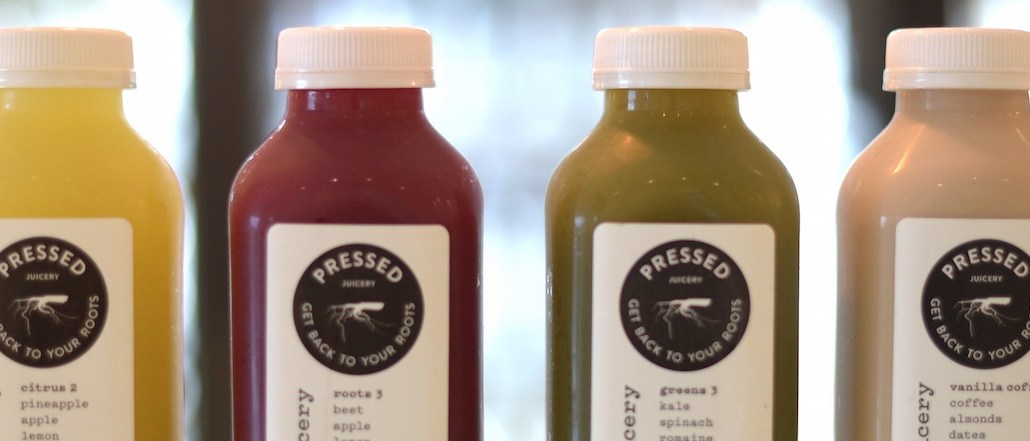
January is the month of self-improvement, a time to hit the reset button. Now, along with the juice cleanses and dry Januaries, there’s growing chatter about a different kind of cleanse: the digital detox.
There are many reasons to go offline: concerns about children’s attention spans, the false reality of social media and the ever-present privacy debate. But do people really want to go web-free, even temporarily? Here’s what the data can tell us.
People feel overwhelmed by brand messaging
Brand fatigue is driving a lot of the digital detoxing. In the most recent report from the Direct Marketing Association and Dotmailer, 41 percent of consumers said they have scrapped their email addresses and gotten new ones because they got too many emails from brands. Meanwhile, 24 percent would consider doing this in the future — which leaves just 34 percent of respondents who are happy with the state of their inbox.
Out of these respondents, millennials were more likely than the average person to have deleted an account (at 58 percent).
The numbers are growing
But how many people are actually taking the plunge? A recent report from Ofcom found that 34 percent of consumers had taken some form of break from the internet within the last year. The biggest detoxers were those aged 16 to 24 — the group most likely to tell researchers they were spending too much time online (59 percent agreed, compared to a total average of 41 percent).
Nearly half (44 percent) said the break was needed “to do other things,” while 38 percent said it was to spend more time with family and friends. Thirty percent of respondents had chosen a holiday that would limit their use of the internet in some form.
Of those who did take a break from the internet, during the experience, teens were most likely to do so because they feel cut off, lost and anxious. Those aged 16 to 24 were more likely to find the experience liberating and felt more focused in their activities.
But they aren’t all totalitarian
But advertisers shouldn’t be too worried. Aside from the few people shaking their fists at The Cloud, going cold turkey on all digital communication just isn’t realistic for most consumers.
“When you ask people about being ‘always on,’ a high percentage say, ‘I’m concerned.’ But when you start to dig a bit deeper, they start to be more realistic about things,” said Sophie Harding, business director at Mindshare’s research and insights team.
Mindshare surveyed attitudes toward digital detoxing as part of its 2017 trends report. Sixty percent of those who took part in its survey said they weren’t concerned about the amount of technology they currently use. Instead, the focus for many was about finding a compromise. For example, buying a smaller data plan for their devices, or switching to airplane mode at certain points in the day.
“Detox is too strong a word. They were taking smaller steps to regulate use and wanted balance rather than getting rid of it completely,” Harding said.
The biggest proponents of digital dieting (rather than detoxing) were younger consumers — those who relied most on their smart devices. Eighty-two percent of respondents aged 18 to 34 said the idea was relevant to them, compared to 52 percent of those aged over 55.
But not all channels are created equal
And offline, consumers are more open to advertiser messages too. So just because they’re doing a digital detox doesn’t mean they can’t be reached by brands altogether.
Data from a recent Forrester survey of over 60,000 consumers found that offline channels were the places that consumers were least hostile to ads. Almost half went out of their way to avoid brand messages on email, websites and via text. However, less than 20 percent avoided adverts when they were either outdoors or in-store.
“As more people use digital services, advertisers do need to be respectful in the way they advertise,” said George Hopkinson, senior research manager at IAB UK.
“It’s really important that we stick to this, respect people online and offer as positive an advertising experience as we can.”
This is a glimmer of hope for marketers who have put a higher portion of their budgets into digital advertising. There’s still a promise for the likes of Dolmio and KFC, which can promote balance across online and offline mediums.
“If you’re a marketer, you can do something along those lines. It’s appreciated though people understood the irony,” Harding added.
More in Marketing

Pitch deck: How Amazon is recasting Twitch as a core part of its CTV pitch
Amazon is positioning Twitch as a defining asset in its CTV ambitions.

Netflix transforms former mall department stores into experiential venues
The location in Dallas opens this week, and one at the King of Prussia mall near Philadelphia opened last month.

Future of Marketing Briefing: AI has created a new talent paradox in programmatic agencies
The job isn’t execution anymore. AI handles that. The job is judgement.








